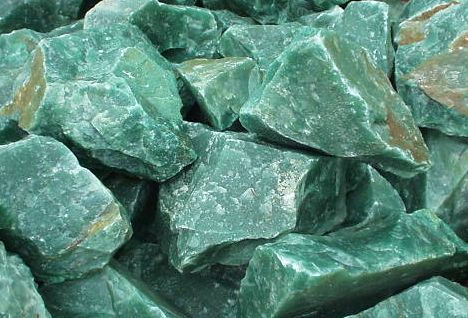Aventurine is a precious gemstone that derived its name from the Italian “a ventura” meaning “by chance”. Aventurine is some form of quartz that forms when subjected to heat and pressure. This melts and solidifies with other minerals as inclusion. Inclusion of the aventurine is hematite, fuschite mica and pyrite. This is the reason why the color is formed, and its color can vary from light to dark. You can also see some small sparkles of gold created by hematite or mica particles.

Aventurine is often confused as jade, sunstone and amazonite. This comes in colors green, red, blue, peach and brown. This can be found in a rock-like formation such as those in Brazil, China, India, Italy, Japan, Nepal, Russia, Tanzania, Tibet and USA. In the Mohs scale of hardness, it is 6.5. This precious gemstone can also be made into lovely beads and jewelry. The gemstone can also be carved, and has been used in statuary and mosaics such as candelabra, vases and other ornamental objects.
